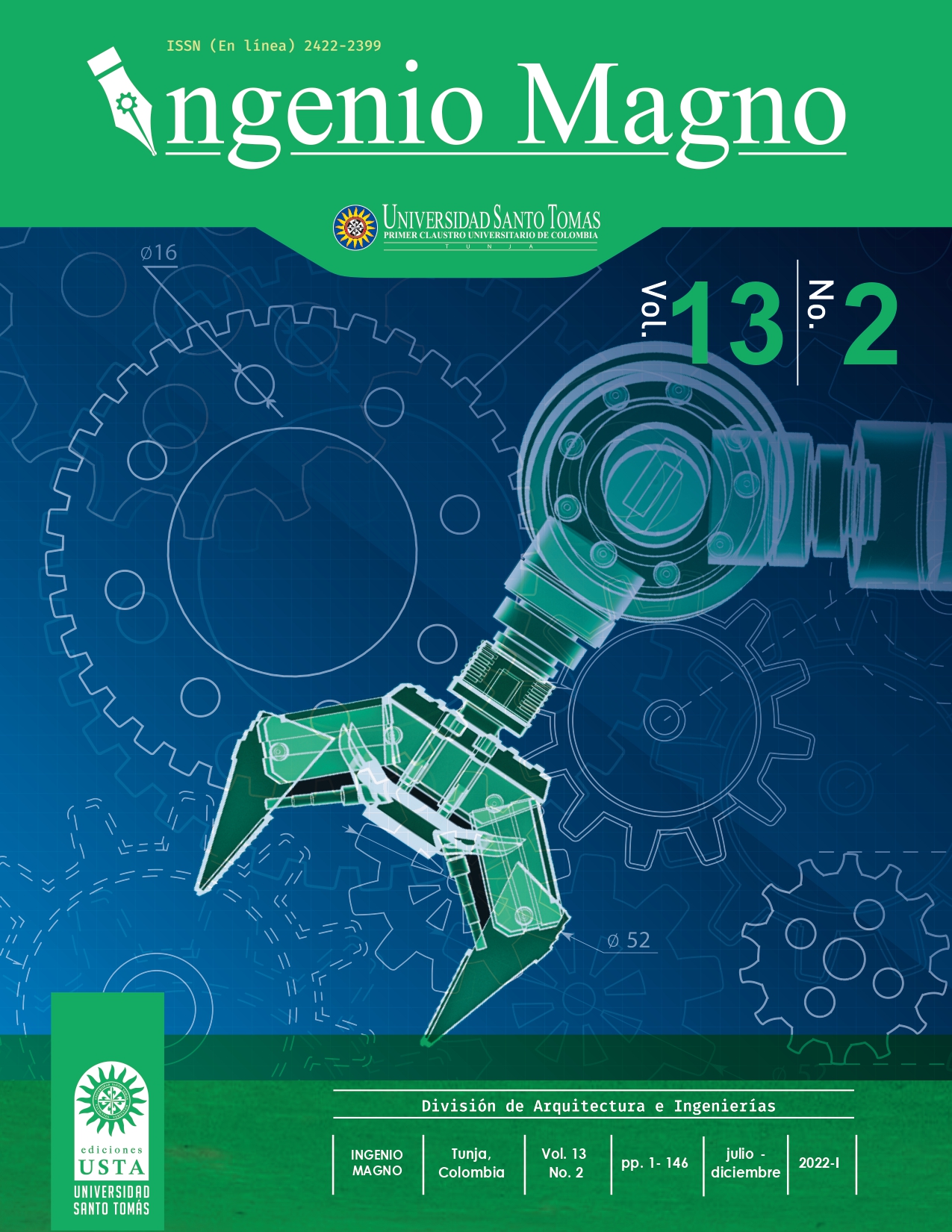Experimental methodology for the generation, processing, and interpretation of ultrasonic signals in composite materials
Main Article Content
Abstract
A macro was programed inside the ANSYS APDL, in which fundamental data related with the geometry is input. Then, the program search in a database that storage data about geometric characteristics of commercial steel profiles. Finally, the routine stops when a profile size that fulfill with the requirements of strength and stiffness is found. In other words, with a safety factor and a deflection limit, the program searches the minimum profile size that satisfy with both requirements.
The contribution of this project is that a general use program is applied to a more specific part of the mechanics, so that we can obtain an efficient design with the least weight and therefore less cost in less time.
Downloads
Article Details
DECLARATION OF ORGINIALITY OF SUBMITTED ARTICLE
With this document, I/We certify that the article submitted for possible publication in the institutional journal INGENIO MAGNO of the Research Center Alberto Magno CIIAM of the University Santo Tomás, Tunja campus, is entirely of my(our) own writing, and is a product of my(our) direct intellectual contribution to knowledge.
All data and references to completed publications are duly identified with their respective bibliographical entries and in the citations thus highlighted. If any adjustment or correction is needed, I(we) will contact the journal authorities in advance.
Due to that stated above, I(we) declare that the entirety of the submitted material is in accordance with applicable laws regarding intellectual and industrial property, and therefore, I(we) hold myself(ourselves) responsible for any complaint related to it.
If the submitted article is published, I(we) declare that I(we) fully relinquish publishing rights of the article to the University Santo Tomás, Tunja campus. As remuneration for this relinquishment of rights, I(we) declare my(our) agreement to receive two (2) copies of the edition of the journal in which my(our) article appears.
References
[2] Balast, D. K. (2007). Handbook of Construction Tolerances. New Jersey: Wiley.
[3] Bauer, J. (1994). A survey of methods for discrete optimum structural design. Computer Assisted Mechanics & Engineering Science, 1(1), 27-38.
[4] Jung, D., & Gea, H. C. (2003). Topology optimization of nonlinear structures. Finite Elements in Analysis and Design, 1417-1427.
[5] Merkeviciute, D., & Atkociunas, J. (2006). Optimal shakedown design of metal structures under stiffness and stability constraints. Journal of Constructional Steel Research, 62, 1270-1275.
[6] Popova, M., Sergeev, M., & Shunqi, M. (2020). Strength and deformability of lightweight metal trusses with elements from cut I-beams. IOP Conf. Series: Materials Science and Engineering, 896, 1-10.
[7] Pyrz, M., & Zawidzka, J. (2021). Optimal discrete truss design using improved sequencial and genetic algorithm . Engineering Computations, 18, 1078-1090.
[8] Sivapuram, R., Dunning, P. D., & Kim, H. A. (2016). Simultaneous material and structural optimization by multiscal topology optimization. Structural Multidisciplinary Optimization, 1267-1281.
[9] Stephenson, D. A., & Agapiou, J. S. (2016). Metal cutting theory and practice. Boca Ratón: CRC Press Taylor & Francis Group.
[10] Sypeck, D. J., & Wadley, H. N. (2002). Cellular metal truss core sandwich structures. Advanced engineering materials, 4(10), 759-764.
[11] Thanedar, P. B., & Vanderplaats, G. N. (1995). Survey of discrete variable optimization for structural design. Journal of Structural Engineering, 121(2), 301-306.
[12] Walbrun, S., Witzgall, C., & Wartzack, S. (2019). A rapid CAE-based design method for modular hybrid truss structures. Design Science, 24, 1-24.
[13] Zinkova, V. A. (2020). Optimization of the Structure of Flat Metal Tube Trusses. International Scientific Conference on Innovations and Technologies in Construction. Innovations and Technologies in Construction, 213-218.

